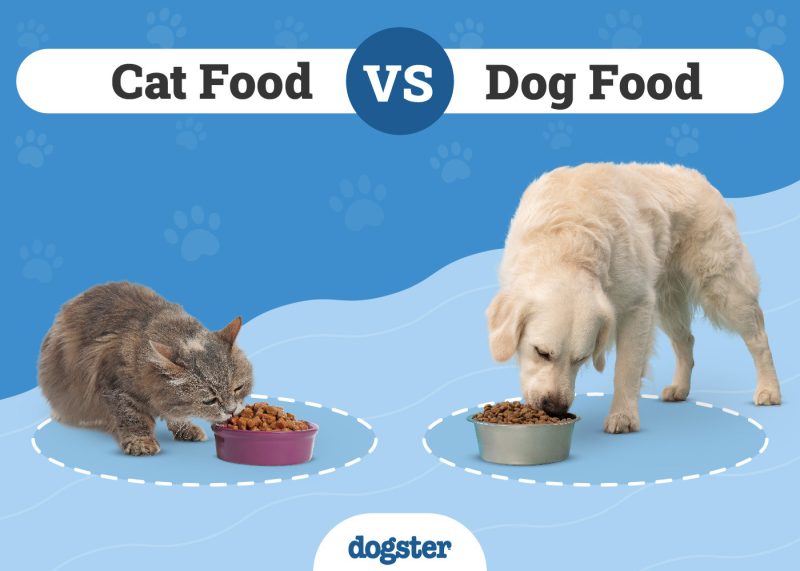In this article
View 8 More +The Broholmer breed is a large breed similar to the Mastiff. It comes from Denmark, where it often works as a guard dog. Like many other breeds, it almost became extinct during World War 2, but breeders increased the numbers when the war ended.
Breed Overview
Height:
22 – 30 inches
Weight:
90 – 130 pounds
Lifespan:
7 – 12 years
Colors:
brown, tan, white
Suitable for:
Families, large homes, companion
Temperament:
Friendly, watchful, loving
It’s a well-muscled dog that often stands more than 22-inches tall and can weigh more than 100 pounds. It has a wide head, large black nose, deep, broad chest, and a long narrow tail. Keep reading while we look at even more interesting facts about the Broholmer to help you decide if it’s right for you.
Broholmer Dog Characteristics

Broholmer Puppies
Due to their large size, they are not as popular as many other breeds, so finding a breeder in the United States can be challenging. If the breeder is far away, you may also need to consider transportation costs. You will also need to buy a significant amount of food for a dog this large and treats, toys, and other accessories each year, which can raise costs considerably.
Broholmer dogs make wonderful companions. They do require a decent amount of space so they can exercise and burn off excess energy. You’ll find them to be very friendly and loving.

Temperament & Intelligence of the Broholmer 🧠
Boholmer dogs are calm and relaxed yet wary of strangers, especially in not well socialized at an early age. It’s very friendly and likes to be around people so it can protect them. It prefers the outdoors and won’t do well in a small apartment. If you are an experienced owner that knows how to keep the dog focused at an early age, the Broholmer can be easy to train, but if you don’t get started immediately, the dog may choose a different path and become stubborn and unwilling to learn. It’s very smart and capable of learning several tricks if it decides to do so.
Are These Dogs Good for Families? 👪
The Broholmer is friendly and calm, making a great family pet if you have a home with a large yard. It enjoys being around children and will protect them with its life. It’s calm and doesn’t bark a lot but is wary of strangers, so it will make a great guard dog. The only downside to this breed for families is that they are so large they can unintentionally knock over a child or toddler and possibly injure them.
Does This Breed Get Along with Other Pets? 🐶 😽
Yes, the Broholmer is a calm dog that is not bothered by other dogs or cats and shows little interest in being territorial with them. If socialized early, your dog can become good friends with other family pets and treat them like family members and will sleep by them and play games. It never becomes aggressive, even when threatened by another dog.

Things to Know When Owning a Broholmer
Food & Diet Requirements 🦴
Broholmers are a large breed that isn’t particularly active, so you will need to make sure you find high-quality food. Look for a brand that doesn’t contain any corn or soy products that are essentially empty calories for your pet. We recommend choosing a brand that has real meat like chicken or turkey listed as the top ingredient. Omega fats are also a good ingredient to look for because it helps reduce swelling and will promote a healthier coat. Follow the portion sizes closely to avoid overfeeding, which can lead to obesity.
Exercise 🐕
Your Broholmer is a moderately active dog that will only require a short walk each day to stay healthy and happy. We recommend setting 30 minutes aside each day to spend with your dog to ensure it gets the activity it requires. Walking and hiking are great options, as are tug-of-war and roughhousing. Games of fetch are also a great choice, but you should avoid excessive jumping because it can wear down the joints of such a heavy dog.
Training 🎾
If you have experience training difficult dogs, you will find the Broholmer intelligent and capable of learning complex tasks. However, if you are new to training your pet, you might find this dog stubborn and even bossy. It can use its size to bully family members into doing what it wants, leading to a difficult situation. We recommend starting as early as possible to get your pet into a training routine. Hold short 5 – 10-minute sessions at the same time and place every day to get your dog used to it. Your pet will come to expect these sessions and will be more excited about participating. When your dog follows your commands, reward them with a treat and a pat on the head, but don’t look disappointed if they get it wrong. If your dog feels like it’s not making you happy, it will be less likely to participate. Patience, consistency, and a positive attitude are critical to success.
Grooming ✂️
The Broholmer has a short, dense coat and is a moderate shedder. It’s easy to brush, and doing so once or twice a week will help keep the fur off your furniture and floor. Your pet will shed heavily in the spring and fall, and you will need to brush it daily to keep it manageable. Manually brushing the dog’s teeth will help prevent dental decay, and if you can hear the nails clicking on the floor, you will need to trim them to make it easier for your dog to walk.
Health and Conditions ❤️
- Elbow Dysplasia
Elbow dysplasia is similar to hip dysplasia, but it affects the elbows. Malformed joints can make it difficult for the legs to support the body as they wear down, and the large size of the Broholmer causes the bones to wear down faster than a smaller dog. Selective breeding can help reduce the risk of elbow dysplasia, and proper weight management can help slow the progression.
- Bloat
Bloat is a condition in many dogs with deep chests like the Broholmer that causes the stomach to fill up with air putting pressure on the other organs and preventing blood flow to the hind legs. It can even cause the stomach to twist on itself, trapping blood inside and damaging the stomach lining. Symptoms include a swollen stomach, restlessness, and salivation. It comes on suddenly and is life-threatening, so it is critical to get your dog to the vet if you notice these symptoms.
- Hip Dysplasia
Hip Dysplasia is a genetic condition that causes the hip joint to form incorrectly. The malformed joint causes the bones to wear down prematurely and the heavy bodyweight of the Broholmer causes the condition to progress rapidly. Symptoms of hip dysplasia include difficulty getting up from a sleeping position and a strong bunny hop gait as it walks. Your pet may also be resistant to climbing stairs or hills. Weight management and medication can help ease the symptoms, and your dog may also require surgery.

Male vs Female
The male Broholmer is noticeably taller and heavier than the female, but they have a very similar temperament with no mentionable differences.
3 Little-Known Facts About the Broholmer Dog
1. The Boholmer is often employed as a guard dog to the wealthy
2. The International Breed Registry recognized the Broholmer as a breed in 1998.
3. The Broholmer came to America in 2009 and is becoming more popular every day.

Conclusion
The Broholmer makes a great family pet for someone with experience with large and stubborn dogs. It’s calm, friendly, and lovable and is well suited to children and other pets. It can be a bit stubborn and bossy with an inexperienced family, so you might think about getting professional help with training if this is the only one that interests you. We hope you have enjoyed reading over our review of this giant breed and found it informative. If we have convinced you to get one, please share this guide with the Broholmer on Facebook and Twitter.
Find out more about other popular dog breeds:
- Appenzeller Sennenhunde | Complete Breed Guide (with Pictures)
- Briquet Griffon Vendeen | Info, Pictures, Traits & Facts
Featured Image Credit: Jne Valokuvaus, Shutterstock



















